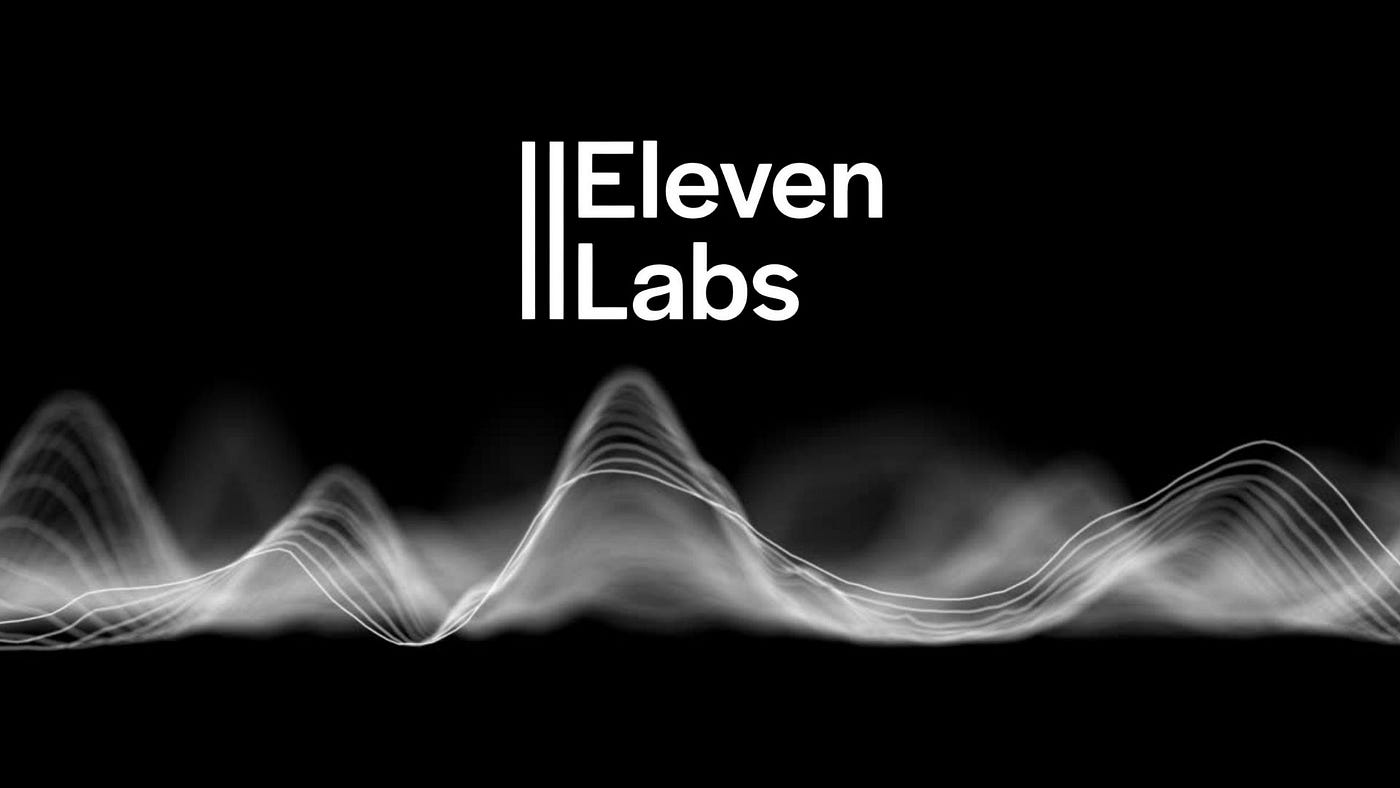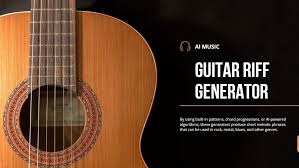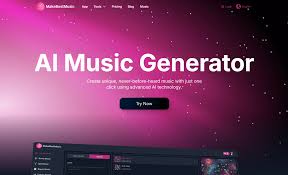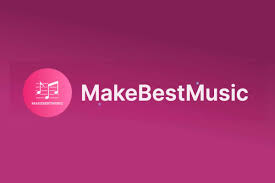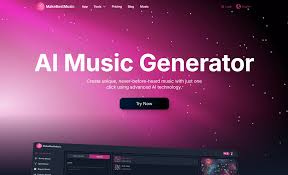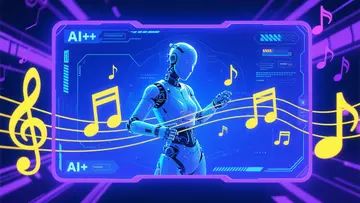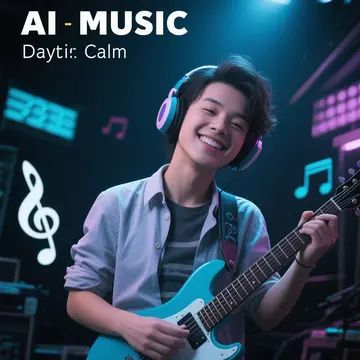Introduction: When AI Sings with a Face
Imagine watching a lifelike digital avatar performing a perfect cover of Adele, but the voice isn’t real—it’s AI-generated. This is no longer science fiction. In 2025, AI digital avatars for song covers are changing how music is performed, shared, and even monetized.
From virtual idols to TikTok clones, AI-powered avatars can now look human, sing with realistic emotion, and mimic existing vocal styles—all without a microphone or recording booth.
In this guide, we’ll explore how AI digital humans are revolutionizing cover music, which tools are leading the field, what creators need to know, and what ethical and legal questions come with this new wave of sonic cloning.

What Is an AI Digital Avatar for Singing?
An AI digital avatar refers to a virtual human model—sometimes 2D, often 3D—that is synced with AI-generated vocals to perform songs. These avatars can:
Move their lips, body, and face in real-time
Express emotion while singing
Be customized to resemble real people or fictional characters
Sync with AI singing voice models that generate the cover
These avatars are powered by a combination of:
Voice cloning or vocal synthesis AI (e.g., Diff-SVC, So-VITS, Suno, Voicery)
Real-time 3D animation engines (e.g., Unreal Engine, Unity, ZEPETO, or MetaHuman)
Motion capture data or AI-driven body movement modeling
How Does AI Digital Avatar Cover Singing Work?
Here's the typical workflow for creating an AI digital avatar song cover:
Choose or generate a digital avatar
Use platforms like Ready Player Me, ZEPETO, or MetaHuman to create a realistic 3D face and body.Generate or clone a singing voice
Use AI singing tools like:Suno.ai or Udio (prompt-based AI song generation)
So-VITS-SVC or Diff-SVC (singing voice conversion)
Synthesizer V (text-to-song with emotion control)
Lip-sync the avatar to the AI-generated vocals
Use software like:DeepMotion or Veadotube for motion sync
Unreal Engine Live Link Face for advanced animation
Wav2Lip to match lip movements to vocals
Render the video and post
Final content is exported as a video for YouTube, TikTok, or Bilibili, often with subtitles, camera movement, and even crowd simulation.
Best AI Tools for Creating Digital Avatar Song Covers
1. Suno + Ready Player Me
Suno.ai can generate full songs with lyrics, voice, and music.
Combine with Ready Player Me avatars for quick 3D performance videos.
Great for TikTok creators and VTubers.
2. So-VITS-SVC + Unreal Engine MetaHuman
Clone a real singer’s voice, then animate a photorealistic MetaHuman avatar.
Ideal for realistic AI covers of famous singers.
Used by AI idol startups and music labs.
3. Synthesizer V + Live2D Cubism
Popular among anime VTubers.
Offers high control over emotion, vibrato, and pitch in vocals.
Works well with 2D avatars on YouTube or Twitch.
4. Voicemod AI Sing + ZEPETO
Good for fun, stylized singing covers in mobile format.
Allows rapid voice style selection and character syncing.
Use Cases: Who’s Using AI Avatar Covers?
?? Indie Artists
Using AI avatars to test multilingual covers or reach new fanbases without extra recording.
?? Social Media Influencers
Creating “virtual singers” on TikTok and Reels to increase engagement.
?? Game Developers
Integrating singing digital humans into narrative games, trailers, or in-game performances.
?? Music Startups
Launching AI idol groups with unique voices and identities for fandom-based platforms.
Legal and Ethical Considerations
AI digital covers raise a number of questions:
Voice Rights: Cloning a singer’s voice may require permission or violate likeness laws.
Copyright: Covering songs may require mechanical licenses (unless AI writes its own music).
Audience Transparency: Should creators disclose that the avatar is not real?
Cultural Sensitivity: Misuse of language, tone, or visual stereotypes may offend global audiences.
Tip: Use royalty-free vocals or public domain melodies when exploring AI singing safely.
Advantages of AI Digital Avatar Covers
? No vocal recording needed
? Scalable content across languages, genres, and platforms
? Consistent brand identity for virtual idols or characters
? Easier localization and fan customization
Challenges and Limitations
?? Emotion may still feel “synthetic” if not fine-tuned
?? Lip-sync and facial animation may glitch without quality control
?? Licensing for cover songs remains complex
?? Ethical backlash is possible if using celebrity likenesses without consent
Conclusion: AI Digital Avatars Are Redefining Musical Performance
We’re entering a new era where anyone can create a singing digital performer, regardless of vocal skill, language ability, or budget. AI tools for voice synthesis and animation have made digital avatar covers not only feasible—but mainstream.
Whether you're an indie musician, a social content creator, or a brand marketer, AI-powered digital humans offer an entirely new way to tell musical stories and engage audiences.
Just remember: technology sings the notes, but you still control the song’s soul.
FAQs
Can AI avatars perform songs in multiple languages?
Yes. Many AI vocal models like Synthesizer V and Suno support multi-language generation.
Do I need animation skills to create a singing AI avatar?
Not necessarily. Tools like Ready Player Me and Wav2Lip offer beginner-friendly interfaces.
Are AI singing covers legal?
Cover songs may still need licenses (e.g., through services like Songfile or EasySong). Voice cloning without permission may raise legal risks.
What’s the difference between an AI cover and an AI original?
An AI cover replicates an existing song with a new voice; an AI original is generated entirely (lyrics + music + vocals) from scratch.
Learn more about AI MUSIC

